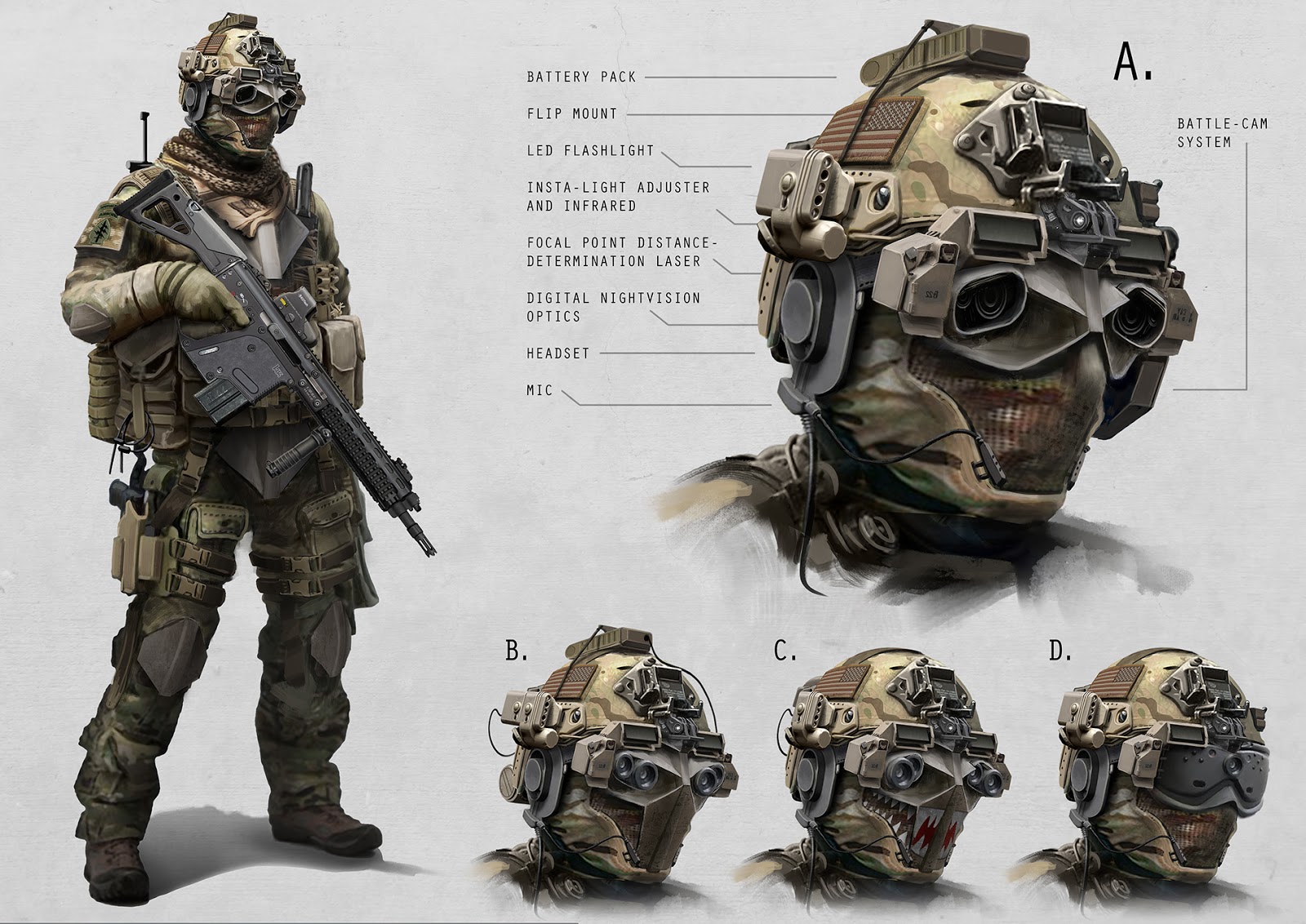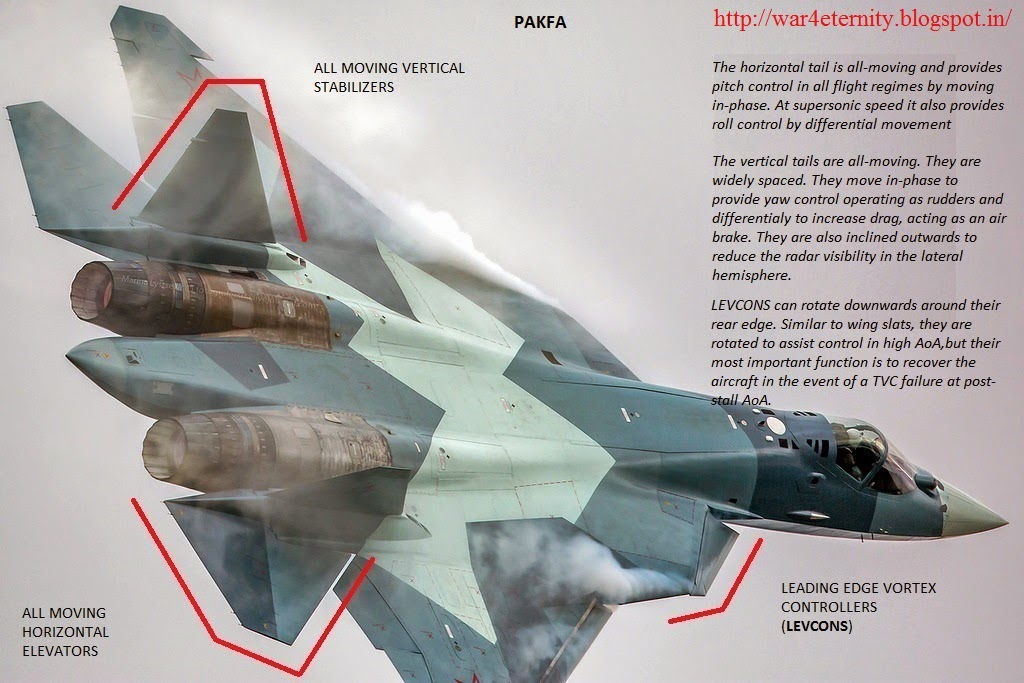PART 2...........
FOR THE NIGERIAN HOWITZERS BOTH IN UPGRADED TOWED AND SELF
PROPELLED VERSION THE MAN PORTABLE ORBITAL TACTICAL UAV AMONG OTHERS IS BEST
SUITED TO SERVE AS A DIGITAL FIRE SUPPORT OFFICER ALONE OR IN TANDEM WITH THE TRADITIONAL
HUMAN FORWARD OBSERVERS FOR BETTER COMBINED ARMS WARFARE
TACTICAL UAV is an unmanned aerial vehicle small enough to be
man-portable. Example ORBITER
FIG 6:
ORBITER TACTICAL UAV FIG
7: HAND HELD GROUND CONTROL STATION (GCS)
The Orbiter mini UAV provides field commanders with
near-instant "over the hill" reconnaissance capability, and is easily
controlled in either Waypoints Navigation or Camera Guidance (UAV slaved to
camera) modes. The Orbiter System can be transported, assembled, launched and operated
by just two persons after minimal training. The entire Orbiter System fits into
one backpack and no additional personnel need to be fielded.
FEATURES
1.
Man-pack/vehicle transportable
2.
Assembled in 10 minutes
3.
Launched by a catapult, bungee or hand
4.
Very low noise signature
5.
Easily controlled from handheld Personal GCS
6.
Automatic parachute + airbag recovery
7.
Day and night operational capability
8.
15 km range
9.
1.5 hour flight endurance
10.
Rapid turn-around
Orbiter's Handheld Personal GCS is a compact unit that can be
worn over a protective vest or mounted on a tripod. The Personal Ground Control
Station unites a user-friendly software interface with advanced Real-Time
Control hardware. Even an inexperienced operator, with minimal training, can
successfully control all phases of an Orbiter mission and gather high-quality
intelligence in real time. All of the acquired data (video & telemetry) is
recorded by a built in DVR for up to 12 flight hours.
Payload: Day Operations
>
The D-STAMP fully stabilized payload gives sharp
color video picture for day time operations. The payload features x10 optical
zoom and full coverage in both azimuth and elevation.
Payload: Night Operations
>
The U-STAMP fully stabilized payload gives sharp
thermal imaging video picture for night-time operations. The payload features
digital zoom and full coverage in both azimuth and elevation.
The combination of “EYE IN THE SKY” and network-linked TACTICAL
UAVs creates flat earth during the day and at night. It gives the artillery
commanders the ability to increasing their effectiveness in the fight. And act
as DIGITAL FIRE SUPPORT OFFICER (FSO).
Note: there are hundreds of TACTICAL UAVs to choose from if
u don’t like mine then pick u r choice.
Also before anybody asks, CH 3 UAV is not suitable for the job
because it requires a runway and has a fairly large command and control
logistic footprint. If the target area is within the operational range of CH 3
operating from a nearby base, then it can be used.
FIG 5: ORBITER TACTICAL UAV IN A
BACKPACK
Primary set:
The entire fielded ORBITER system disassembles and fits into one backpack
1. 1x
ORBITER
2. Personal
GCS
3. Launcher
4. Data
link
Backup set:
A second backpack, for prolonged operational readiness
1. 2
x ORBITER
2. Spare
Batteries
3. Spare
Payloads
THE HEART AND BRAIN
OF ANY DECENT ARTILLERY TOWED OR MOBILE GUN SYSTEM (MGS) IS THE FIRE CONTROL
SYSTEM (FCS).
FOR THE NIGERIAN OTO MELARA 105 MM MOD 56 HOWITZERS BOTH
IN TOWED AND SELF PROPELLED VERSION THE MODULAR ARTILLERY FIRE CONTROL SYSTEM
IS A WIN-WIN OPTION
The Modular Artillery Fire Control System (MAFCS) by
Astronautics from ISRAEL is a highly adaptive solution for Self-Propelled and
Towed Artillery Guns. Especially the 105mm howitzers, it easily overcomes the
operational restrictions placed on modern artillery by traditional survey and
deployment methods.
The MAFCS enables AUTONOMOUS
GUN NAVIGATION and POINTING and provides BALLISTIC COMPUTATION capabilities to
enhance weapon operation. The system’s ability to perform rapid changes of
position, as well as its high responsiveness, enables the crew to SHOOT AND
SCOOT and thus gains the force-multiplier advantage which is essential to the
modern battlefield.
The system meets
modern MAFCS requirements, consists of Commercial-Off-The-Shelf (COTS)
components, is in full-scale production and has been extensively tested and
used by several armies.
The MAFCS consists of the following elements
1.
Vehicle Reference Unit (VRU) - Kearfott's
MILNAVA®, KN-4053, three-axis Monolithic Ring Laser Gyro (MRLG), embedded GPS
2.
Commander's Modular Processing and Control &
Display Unit (CDU&TC)
3.
Gunner's Display Unit (GDU)
4.
Muzzle Velocity Radar (MVR)
5.
Vehicle Motion Sensor (VMS)
FIG 6: SYSTEM BLOCK DIAGRAM FOR
MODULAR ARTILLERY FIRE CONTROL SYSTEM FOR BOTH TOWED AND SELF PROPELLED VERSION
Main Components Description:
1.Vehicle Reference Unit (VRU):
The VRU is a fully integrated inertial navigation unit with
an optional GPS receiver which may either be embedded or external (PLGR). The
VRU is installed on the elevating mass of the Gun and provides a continuous
high precision output of position and attitude of the weapon. The VRU performs
all navigation, attitude, pointing and north finding functions with heading
accuracy to better than 1 mil RMS and attitude accuracy to better than 0.5 mil
RMS.
2.Commander’s
Control and Display Unit &Tactical Computer (CDU&TC):
The CDU&TC unit is provided for use by the gun’s Commander or by
the gunner in case the system doesn’t include the GDU. The CDU&TC includes
a powerful processor, which provides overall control, management and fire
control computation within the system. The CDU&TC includes a sunlight
readable display and performs all system level management and processing tasks
within the MAFCS. The various functions can be defined as Commander MMI overall
system mode control and management (VRU, Gunner Display, Radio, MVR and other
optional units), graphic display generation and the on‐board technical fire
control. Per customer request, 2D/3D map layers can be incorporated for
navigation and control purposes
3.Gunner’s Display Unit (GDU):
The GDU is provided to the gunner for pointing the gun and in very
short time to the required attitude.
4.
Muzzle Velocity Radar (MVR):
The MAFCS is designed
to accept inputs from a MVR to allow real time monitoring of the effect of gun
wear and, in a predictive manner, to improve the ballistic computation. The MVR
processing unit and antenna are housed in a single module located externally at
the front of the cradle. The MVR measurements are integrated within the
ballistic computation process, via a predictive algorithm, to improve the
first-round effectiveness of the weapon and avoid the need for traditional
calibration rounds.
5.Vehicle Motion Sensor (VMS):
The VMS provides a continuous independent measurement of
wheel or track speed to the VRU during vehicle/gun movement for optimal system
performance. The VMS is mounted within the engine compartment on the vehicle
front chassis wall.
FIG 7: THE CDU&TC (FOR THE COMMANDER)
INSIDE THE CABIN OF THE TRUCK MOUNTED ARTILLERY SYSTEM (GMS)
MAFCS FIRE CONTROL
SYSTEM ON A TOWED HOWITZER
The 105mm towed gun below has been upgraded with the above
fire control system. Since it is a standalone artillery gun therefore
CDU&TC unit is used which will be used by the gunner. The gunner display
unit GDU is not necessary in this case.
The other rectangular box mounted near the recoil dampers
contains the Muzzle Velocity Radar MVR and the VRU.
The CDU&TC is feed the necessary target coordinates and other relevant mission data by
the gunner, which simultaneously also takes in inputs from the MVR to generate optimal fire solutions
for first round hits.
FIG 8: THE VARIOUS COMPONENTS OF THE
MAFCS FIRE CONTROL SYSTEM INSTALLED ON A 105MM TOWED HOWITZER
MAFCS FIRE CONTROL
SYSTEM ON A SELF PROPELLED HOWITZER
Here I have used the EVO 105 model as an example to
highlight the MAFCS fire control system installation to be done on the OTO
MELARA 105 mm mod 56 howitzers mounted on a truck for mobility.
The
outriggers/stabilizers/brackets to hold the platform during firing including
the mounting structure together with the gun drive system will be explained in
another section.
In the picture below the Commander’s Control and Display Unit
&Tactical Computer CDU&TC is installed inside the driver cabin. The
cabin also houses the RADIOS for the commander to receive coordinates and fire
correction from TACTICAL UAVs or FORWARD OBSERVERS.
The gunners display unit GDU is installed outside next to the gun for
easy access by the gunner. The commanders CDU&TC does all the ballistic
calculation etc and feeds all the generated fire solution to the GDU. The
gunner in turn reads from the GDU and is thus able to align the gun faster and
accurately for firing.
The VRU helps in gun Navigation and pointing as well as north
finding to calculate accurately its own position which helps in laying down
accurate fire on the target.
Additional benefits are that it can undertake shoot and
scoot missions.
Addition of GPS also helps in navigation and pointing
Also all kinds of tactical information coming from tactical
UAVs to FORWARD OBSERVERS can be displayed in the commanders CDU&TC
display unit interleaved with 2 and/or 3 Dimensional (2-D/3-D) maps for
better navigation and control.
Miscellaneous but necessary add-ons:
1.Cable for remote firing
2.Ammo storage with individual shutters
3.Storage for propellant charges (if applicable)
4.Direct firing iron sights these are always
included with the howitzer itself. In case of
emergency these can be used for
indirect or direct firing.
5.A weapons
station for use by the crew for self defence(medium or heavy machine gun)
6.Intercom system for communication between the
crew members.
7.The crew would consist of the commander, gunner
and loader cum driver.
8. Also for better performance the driver’s cabin
should have a passage for going into the rear
the truck from the cabin
itself, so that the driver can quickly switch the roles between
loader and driver. Also the passage can easily seat the gunner during travel. It can also
accommodate the forward observer with his portable tactical UAV if necessary.
PART 3..............



























